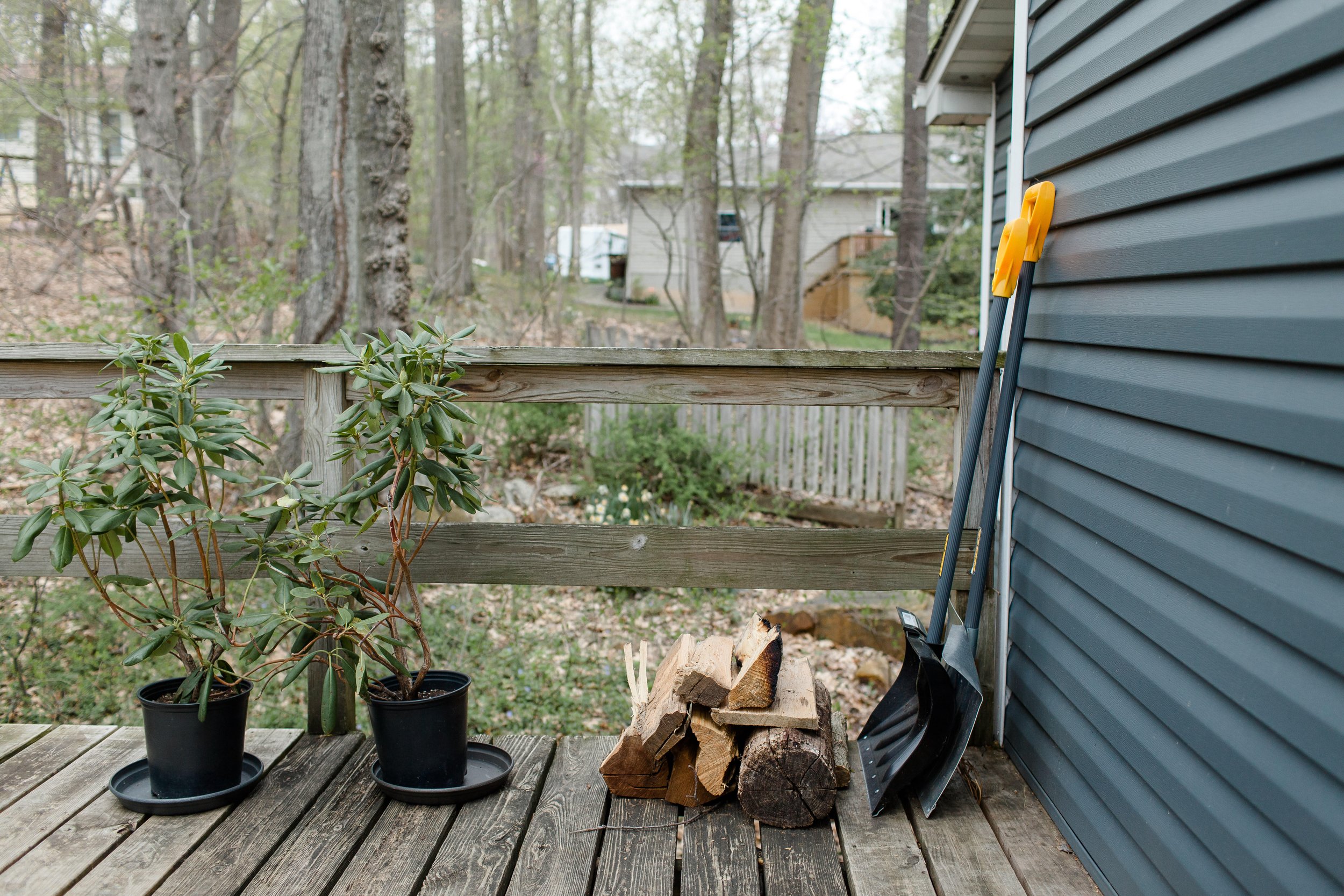When the Bible Seems Boring: Eight Ways to Engage Your Kids
“I don’t think I should admit this,” said Millie with a frown, “but sometimes…sometimes I find the Bible boring.”
Millie is twelve. She comes from a Christian home, is intelligent and thoughtful, has a genuine faith of her own, and reads the Bible regularly. But honestly, she would often rather read something else.
It’s not surprising. Most of the books Millie reads have been specifically designed to entertain kids like her. They’re exciting, they’re funny, and they feature characters she can easily identify with and settings she likes to imagine. The Bible, on the other hand, is not geared primarily towards today’s twelve-year-olds.
So how can we help kids who feel that it’s boring?
Instagram Versus Map
Imagine taking a hike up a mountain. Modern children’s books are like an Instagram story version of that hike—vivid, immersive, and direct. They allow you to feel you’re experiencing it for yourself. The Bible’s stories can be more like an old-fashioned, contour map. They provide an accurate description of the route—telling you the most important information about what happens along the way—but they’re not always easy to step inside.
Our task is to help kids take that step. We need to open up the Bible for our children, teaching them that these, too, are stories you can walk around in—and that the scenery is far better than anything they’ll find in even the best children’s novels. And the techniques of modern storytellers can help us to do this.
Eight Ways to Invite Kids In
1. Pick your story. The Bible is big and varied. You probably won’t read every bit of it with your kids. Don't be ashamed to choose juicy bits—the stories that are the most novel-ish. Try Ruth, Joseph, or the longer scenes in the Gospels (e.g., John 4, 9, or 11).
2. Hook them in. Modern novels always have a “hook”—one simple thing that makes the story sound attractive to potential readers. It might be unicorns, sword fights, or romance. How would you pitch a Bible story to your kids? How does it connect with them? It could be interest-based or more about something they're currently going through. 1 Samuel 13 has some great weapon-related drama, or read Nehemiah if your child likes construction projects. Or pick a psalm to comfort a child who’s worried or afraid.
3. Take the characters seriously. Sometimes, I think we decide who the heroes and villains of the Bible are too soon. These were real people, as complex as you or me. Try pausing whenever a character has to make a decision of some kind (even if that's just what to say next). What might they do? Why might they do it? This helps us to appreciate the characters as individuals with genuine choices. It brings the story to life and challenges us about our own decisions and responses. Try this with Saul in 1 Samuel 9–24.
4. Play with perspectives. Seeing what’s happening from the point of view of different characters can alter or challenge our interpretation of events. If you have multiple kids, try giving each person a character to keep their eye on as you read. What do they notice? Try this with the healing of the blind man in John 9. The characters are Jesus, the disciples, the blind man, his parents, the Pharisees, and the neighbors; the narrator has his own voice too. Each perspective adds something.
5. Enjoy settings and places. Kids love being invited into a world, whether it's Narnia or Hogwarts or the Lego universe. They can love entering into the Bible's world too. Use maps or atlases to help them imagine the scenery. Notice where two Bible stories happen in the same place. Or plot the routes a particular character takes—like Jesus’ journey ever closer to Jerusalem or Paul’s route around the Mediterranean.
6. Spot description. Bible narratives tend to use adverbs (e.g., quickly, earnestly) and adjectives (e.g., mighty, little) pretty sparingly, but they are there. Encourage kids to look out for them. Invite them to visualize what each one means, or ask why the author chose to include them. Or get children to add their own—but they have to justify their additions based on the surrounding Bible text.
7. Give a sense of history. Fantasy or superhero series can involve a whole mythology working in the background. The Old Testament has a similar function in the New Testament. This could be off-putting if you feel like you’re constantly explaining background stories. But why not make the most of following the connections? Read a Gospel and gradually make a poster with “Jesus” written in the middle and arrows pointing off to other names and stories. Or use a pin board and red strings like in a detective movie.
8. Let the words sing. The Scriptures include some truly wondrous writing. Help your children enjoy it! I once read 1 Corinthians 13 with a group of 12-year-olds. Spontaneously, they began to repeat the phrases with great drama and gravity. They saw the beauty in them. Try encouraging kids to doodle or decorate beautiful phrases, or make up tunes to fit them to.
Stick to the Story
One key advantage of a contour map, of course, is that it tells you what’s really there. No filters or edits. Just the plain truth. As we seek to invite kids into the stories of the Bible, and as we take full advantage of the techniques of storytelling, let’s make sure we don’t stray from the contour lines. Fill in the blanks, imagine the scenery, and ask questions, but don’t change what’s written. Keep the main thing in the passage the main thing, and make sure the last thing you talk about is that, not anything you’ve imagined.
After all, the Bible text is truth. There’s nothing less boring!










